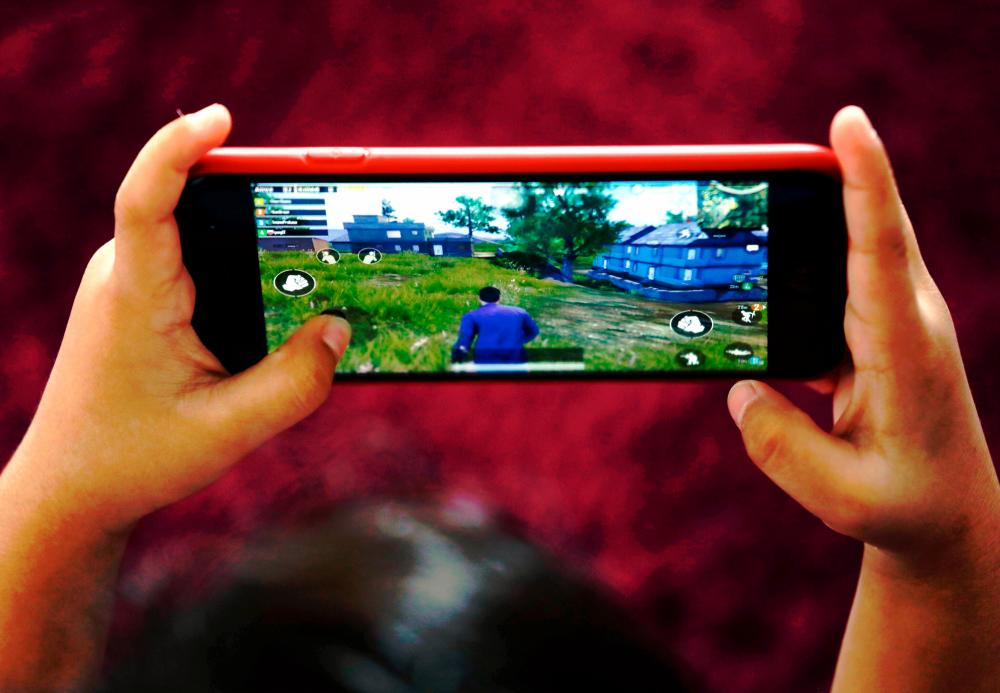KUALA LUMPUR: The increased use of personal digital devices such as smartphones, tablets, and headphones among children and young adults globally is raising concerns about the risks of noise-induced hearing loss (NIHL).
Consultant Paediatric Ear, Nose, and Throat (ENT) and ENT Specialist at Sunway Medical Centre, Sunway City, Dr. Priatharisiny Velayutham, stated that in the past NIHL was primarily associated with industrial noise exposure.
“With the proliferation of such personal devices, NIHL has become increasingly common among children and young adults. To make matters worse, this type of hearing loss is permanent and irreversible,“ she said in a statement.
Dr. Priatharisiny advised parents to be alert to early signs shown by their children, as such signs and symptoms often go unnoticed.
She cited a World Health Organisation statistic which found that 466 million individuals worldwide have disabling hearing loss, which is expected to almost double by 2050.
“The most concerning finding is that up to 60 percent of these cases are preventable,” she explained.
“One common indicator is if a child frequently needs the TV or other electronic devices to be at a high volume. They may also have difficulties in school, such as struggling to follow instructions or falling behind academically and experiencing stagnated vocabulary growth,“ she explained.
Speech and language delays can also be significant red flags, added Dr. Priatharisiny, as children may have trouble articulating words or understanding others.
She stressed the importance of parents bringing their children for hearing tests regularly to detect NIHL.
“When it comes to NIHL, prevention is key. Parents play a crucial role in monitoring personal device usage among children and limiting exposure to loud noises,“ she said.
Dr. Priatharisiny emphasised the importance of parents ensuring that their children take breaks between usage sessions, and recommended using earplugs or noise protection gear, especially in noisy environments such as concerts.
Parents should take measures to limit their children’s exposure to personal devices, as adolescents exposed to over 80 minutes of headphone use face a 4.7 times higher risk of hearing loss compared to those using them for less than 80 minutes per day.
“One potential way is to set a timer for a 30-minute to one-hour period where headphone use is allowed to help prevent the risk of this type of hearing loss,“ she suggested.
Furthermore, Dr. Priatharisiny emphasised the significance of early intervention and regular hearing screenings, highlighting that delaying the response to hearing loss could result in irreversible damage.
“Many individuals have already lost up to 50 percent of their hearing by the time they seek help or see a specialist,“ she noted.
She added that the most common treatment options available are hearing aids for moderate to severe hearing loss and cochlear implants for more severe cases.
“Hearing aids help amplify sounds and assist in better hearing, but they require a period of adjustment with the audiologist. Due to sound amplification, wearing hearing aids more often helps the brain adapt to them better,“ she explained.
Apart from early intervention and regular screenings, Dr. Priatharisiny also shared ways in which parents can help their children minimise the risk of NIHL, such as limiting personal device usage at an early age and encouraging activities such as reading and listening to audiobooks or stories instead of watching videos or TV.
She also shared a recent study from the United States revealing that 17 percent of teenagers today show signs of NIHL, with approximately 1.1 billion teenagers and young adults worldwide affected by hearing loss, mainly due to the usage of headphones and music player devices. -Bernama









